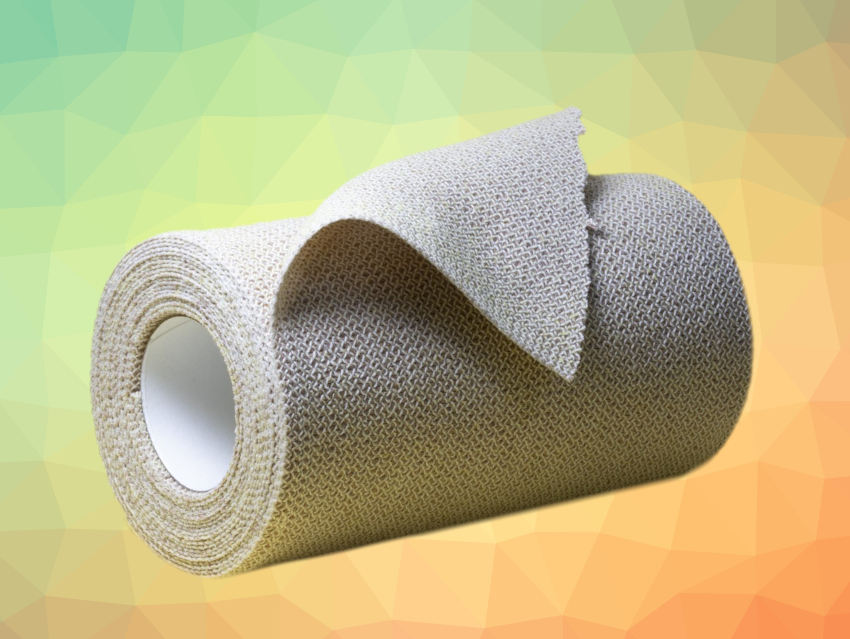Infections, especially infections with multidrug-resistant bacteria, are an important problem in healthcare. Existing antibiotics are sometimes not enough to treat such infections. One alternative approach is phage therapy, in which phages infect and break down bacteria. However, this method has drawbacks and safety concerns. Using phages that do not break down bacteria to attach, e.g., antibacterial nanoparticles to pathogens could be a useful alternative approach.
Irene A. Chen, University of California, Los Angeles, USA, and colleagues have developed phage-nanomaterial conjugates that target the pathogen Pseudomonas aeruginosa and can be used for the treatment of infected wounds. The team attached gold nanorods that can absorb near-infrared (NIR) light to P. aeruginosa-targeting phages. The phages were also decorated with a zinc-binding peptide. The release of Zn2+ can promote wound healing and inhibit bacterial growth.
The combined phage-nanomaterial was then used to treat infected wounds in a mouse model. The phages target the bacteria, and then a photothermal activation of the gold nanorods under an NIR laser induces localized heating that kills the bacterial cells while Zn2+ is released. The team found that 15-min photothermal treatments reduced the bacterial load and promoted wound healing. The treatment was more effective than standard-of-care antibiotics, with a greater reduction in bacterial load and a faster reduction of the wound size. The phage-nanomaterial showed no detectable toxicity in mice.
- Treatment of Wound Infections in a Mouse Model Using Zn2+-Releasing Phage Bound to Gold Nanorods,
Huan Peng, Daniele Rossetto, Sheref S. Mansy, Maria C. Jordan, Kenneth P. Roos, Irene A. Chen,
ACS Nano 2022.
https://doi.org/10.1021/acsnano.2c00048




